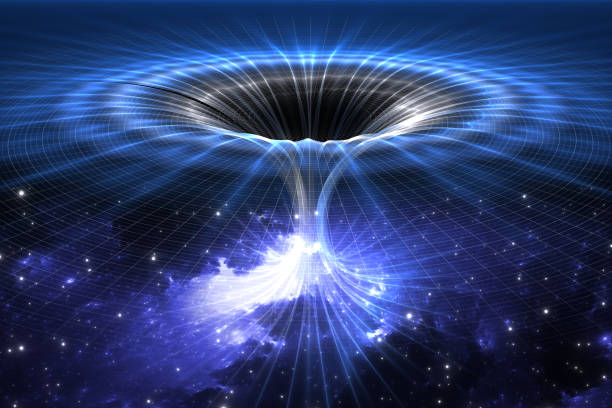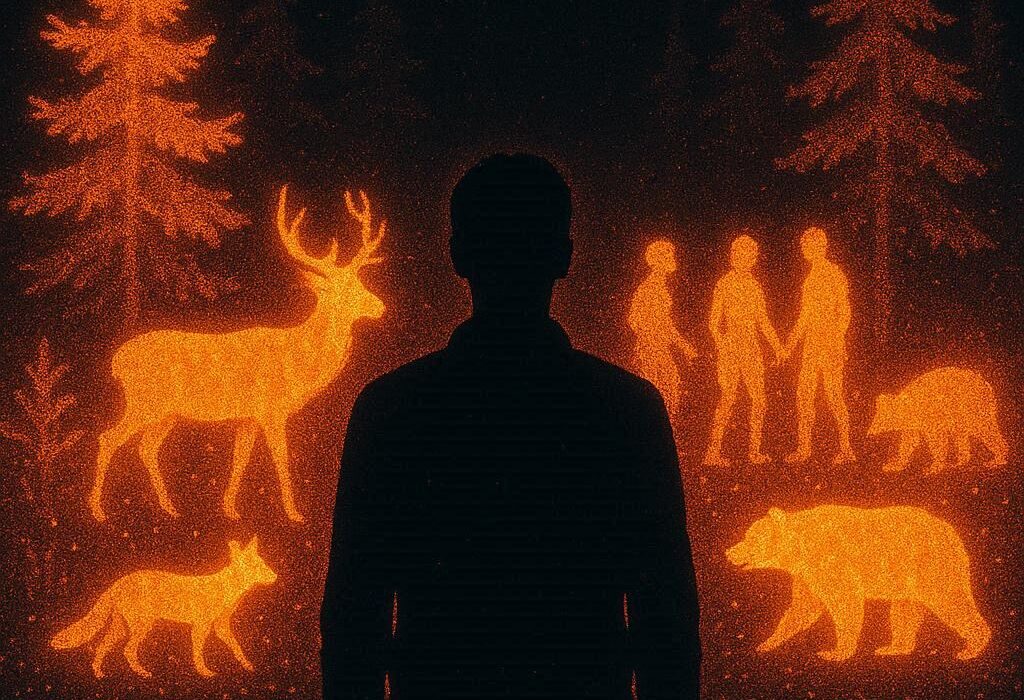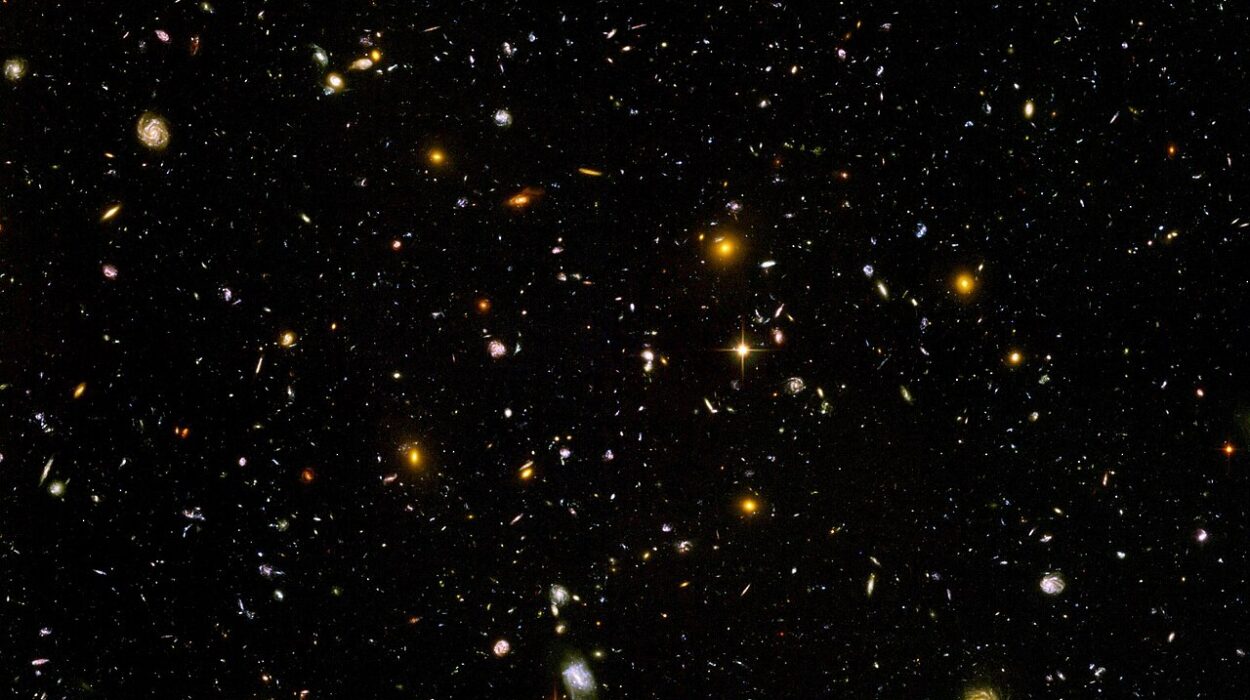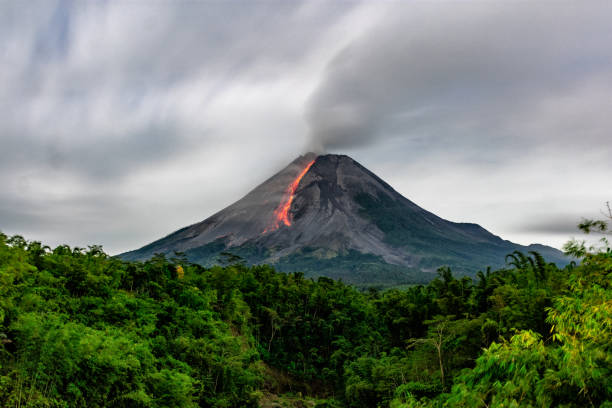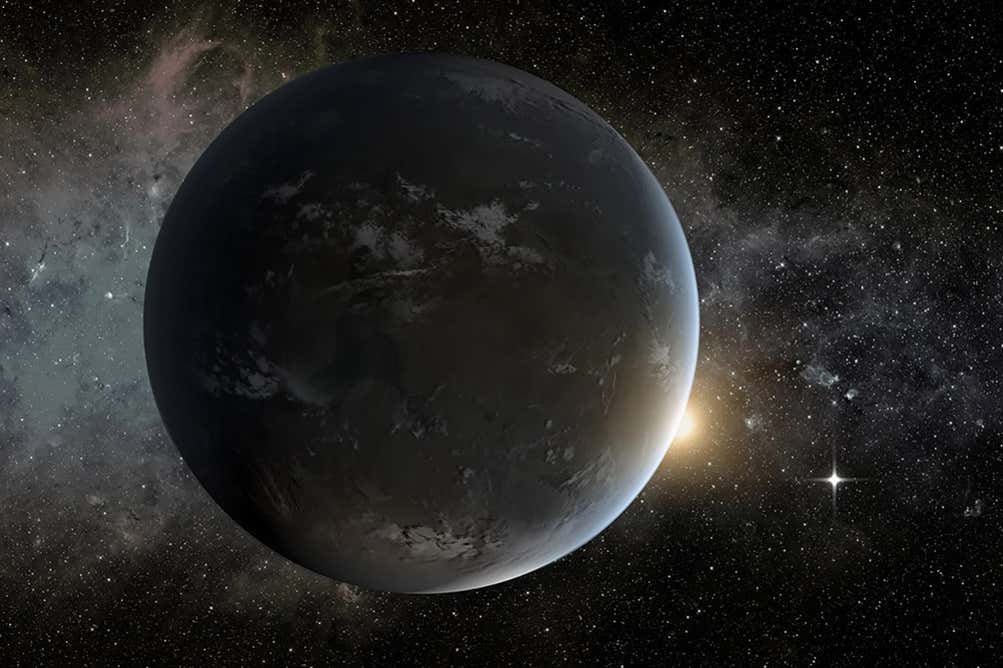For as long as human beings have looked up at the night sky, the stars have whispered promises of other worlds, other homes, and other destinies. The immensity of the universe stretches beyond imagination, and within us lies a longing to cross that vast gulf, to voyage not only to nearby planets but to distant suns scattered like jewels across the cosmic sea. Yet between us and those stars lies a nearly insurmountable barrier: distance.
The nearest star system, Alpha Centauri, is over four light-years away. That means light itself, moving at nearly 300,000 kilometers per second, takes more than four years to bridge the gap. For spacecraft propelled by today’s rockets, the journey would last tens of thousands of years. Interstellar travel—once the domain of dreams and science fiction—remains far beyond our technological grasp.
But what if there is a shortcut? What if the universe itself hides pathways that bypass the normal limitations of distance and time? This is where the idea of wormholes captures our imagination. These theoretical tunnels through spacetime might allow us to step into one location in the cosmos and emerge instantly in another, regardless of how far apart they are. To many, wormholes are not just science fiction but a tantalizing possibility—perhaps the only key that could unlock interstellar travel within human lifetimes.
The Nature of Spacetime
To understand wormholes, we must first grasp the fabric they are said to pierce: spacetime itself. In everyday life, we treat space and time as separate. Space is where things exist, and time is the river in which events unfold. But Albert Einstein’s theory of relativity taught us that space and time are inseparably woven into a single entity: a four-dimensional fabric called spacetime.
Massive objects like stars and planets bend spacetime around them. This bending is what we experience as gravity. A planet orbits a star not because it is being “pulled” in the classical sense, but because the star’s mass warps spacetime so that the planet naturally follows a curved path.
If spacetime can bend, could it also twist or fold? Could it connect distant regions through tunnels? Einstein’s equations allow such exotic possibilities, though whether they can exist in reality is another matter. The wormhole emerges as one of the strangest and most captivating solutions to these equations.
Einstein, Rosen, and the Birth of the Wormhole
The idea of a wormhole dates back to 1935, when Albert Einstein and his colleague Nathan Rosen examined solutions to the equations of general relativity. They discovered a mathematical structure that connected two black holes together, creating a “bridge” through spacetime. This became known as the Einstein-Rosen bridge.
In principle, this bridge linked two distant regions of the universe. A traveler entering one side could exit from the other, bypassing the intervening space. At first glance, this seemed to provide a cosmic shortcut. But the Einstein-Rosen bridge was unstable. The moment anything tried to pass through, the tunnel collapsed too quickly for travel. For decades, wormholes were regarded as little more than mathematical curiosities—beautiful but useless.
It was not until the latter half of the 20th century that scientists began to seriously explore whether wormholes could be traversable. The question was not simply whether they could exist in equations, but whether the laws of physics could allow them to remain open long enough to carry matter—and perhaps even spaceships—across the cosmos.
From Black Holes to Wormholes
At the heart of wormhole theory lies the black hole. A black hole is formed when a massive star collapses under its own gravity, compressing matter into an infinitely dense point known as a singularity. Around this singularity lies the event horizon—the boundary beyond which nothing, not even light, can escape.
In many ways, a wormhole resembles a black hole, but with one crucial difference: instead of being a dead end, it has a second opening, like a tunnel with two mouths. One mouth could be here, near Earth, while the other could be light-years away, perhaps orbiting another star. In theory, a spaceship entering one mouth could emerge from the other, bypassing the intervening space and time.
This idea fuels much of science fiction. Films and novels often depict wormholes as glowing portals through which ships leap effortlessly across galaxies. Yet reality, if it allows such travel, is far stranger and more complex than Hollywood portrays.
The Challenge of Stability
The greatest obstacle to wormholes as interstellar highways is stability. According to general relativity, any naturally occurring wormhole would collapse almost instantly. The walls of the tunnel would squeeze shut before anything could pass through.
In the 1980s, physicists Kip Thorne and Michael Morris explored whether exotic forms of matter could hold a wormhole open. They proposed that a wormhole might remain traversable if filled with negative energy—a type of energy that, unlike ordinary matter, produces repulsive gravity. This negative energy could counteract the tunnel’s tendency to collapse.
Negative energy is not science fiction. In fact, it arises in quantum physics, in phenomena such as the Casimir effect, where fluctuations of the quantum vacuum create measurable forces between objects. The challenge is that the amounts of negative energy required to stabilize a wormhole are immense and far beyond anything we can currently produce.
Without negative energy, wormholes snap shut. With it, they might remain open, offering a gateway through spacetime. The physics suggests the possibility exists, but whether nature provides such doorways—or whether we could ever construct them ourselves—remains uncertain.
Could Wormholes Already Exist?
One of the most thrilling possibilities is that wormholes may already exist in the universe. If the equations of general relativity permit them, perhaps nature has woven some into the cosmic fabric. They might lurk in the hearts of galaxies or near black holes, hidden from our instruments.
Some theories even suggest that wormholes could be microscopic, born in the quantum foam of spacetime itself. At the smallest scales, spacetime may not be smooth but turbulent, with tiny fluctuations giving rise to miniature wormholes that wink in and out of existence. If these could somehow be enlarged, they might become passageways for interstellar travel.
Others speculate about naturally occurring macroscopic wormholes. Could a distant quasar, with its violent jets of energy, hide the mouth of a wormhole? Could some gravitational anomalies we observe be signs of hidden tunnels through spacetime? At present, there is no evidence. But the possibility sparks scientific curiosity and fuels humanity’s cosmic imagination.
The Paradox of Time Travel
Wormholes are not just pathways through space; they also touch on the deepest mysteries of time. Because relativity links space and time together, a wormhole could potentially connect not only distant locations but different moments in time.
Imagine one mouth of a wormhole accelerated near the speed of light, or placed in a strong gravitational field. Due to time dilation, that mouth would experience time differently than the other. When reconnected, a traveler passing through could emerge in the past or future relative to their entry point.
This raises paradoxes that have long haunted philosophers and physicists. Could you travel back in time and alter history? Would paradoxes prevent such journeys? Some argue that the laws of physics may enforce “chronology protection,” making time travel impossible. Others suggest that time travel through wormholes might be consistent if the universe enforces self-consistency, allowing events to happen in ways that prevent contradictions.
Whether wormholes could truly allow time travel remains one of the most provocative and controversial questions in theoretical physics.
Wormholes and Quantum Entanglement
In recent years, a surprising connection has emerged between wormholes and quantum physics. Quantum entanglement is a phenomenon in which two particles become linked in such a way that the state of one instantly affects the other, no matter how far apart they are. Albert Einstein famously called it “spooky action at a distance.”
In 2013, physicists Juan Maldacena and Leonard Susskind proposed a bold idea: that entanglement and wormholes may be two sides of the same coin. Their conjecture, often summarized as “ER = EPR,” suggests that an Einstein-Rosen bridge (ER) might be equivalent to Einstein-Podolsky-Rosen entanglement (EPR). In other words, every pair of entangled particles might be connected by a tiny, non-traversable wormhole.
If true, this would unify two of the strangest features of modern physics: the geometry of spacetime and the mysteries of quantum entanglement. While still speculative, the idea hints at a deeper structure underlying reality. Wormholes, whether traversable or not, may be far more fundamental than we ever imagined.
Building the Future: Engineering Wormholes
If wormholes are possible, could we one day create them? The challenges are staggering. To build a wormhole, we would need to manipulate spacetime itself, requiring energies far beyond anything we currently control. To stabilize it, we would need negative energy in quantities we cannot yet produce.
Some speculative theories suggest that advanced civilizations might harness wormholes as interstellar highways. Such civilizations, perhaps thousands or millions of years ahead of us, might treat wormholes the way we treat bridges and tunnels. If intelligent life exists elsewhere in the universe, perhaps they have already unlocked these secrets.
For humanity, the journey toward such mastery is just beginning. Advances in quantum physics, cosmology, and energy research may one day bring wormhole engineering closer to reality. For now, wormholes remain theoretical, perched on the boundary between imagination and possibility.
The Human Meaning of Wormholes
Beyond the technical challenges, wormholes capture something deeply human: our yearning to transcend boundaries. They symbolize the hope that the universe itself offers passageways through impossibility, that the walls of distance and time might not be absolute.
For centuries, the sea was humanity’s great frontier. We crossed it with ships, then the sky with airplanes, then the vacuum of space with rockets. Each time, barriers that seemed unbreakable yielded to ingenuity. Wormholes represent the next frontier, the boldest leap of all—not across oceans or planets, but across the very structure of reality.
Even if wormholes remain forever out of reach, their study illuminates profound truths. They remind us that the universe is stranger than our common sense imagines, that space and time themselves may conceal hidden architectures. And they inspire new generations of scientists, dreamers, and explorers to push against the limits of knowledge.
The Road Ahead
In laboratories and observatories, physicists continue to probe the possibilities. They search for indirect signs of wormholes, refine mathematical models, and explore the connections between relativity and quantum theory. The quest for wormholes is part of a larger journey—the effort to unify physics, to understand the deep laws that govern the cosmos.
Whether or not wormholes ever open as gates to the stars, the search itself is a voyage of discovery. It forces us to ask not only what is possible, but what it means to be human in a universe so vast.
Perhaps one day, far in the future, a spacecraft will approach a shimmering aperture in space, a wormhole stabilized by advanced technology. The crew will enter, and in a heartbeat they will emerge under a new sun, light-years from Earth. If that day comes, it will be the realization of humanity’s oldest dream: to cross the gulf of the stars, not in myth or fantasy, but in reality.
Conclusion: The Cosmic Gateway
Are wormholes the key to interstellar travel? Science has not yet answered. The mathematics of relativity suggests the possibility, quantum physics offers glimpses of supporting mechanisms, and human imagination fills in the rest. The obstacles are immense—perhaps insurmountable. Yet history has shown that what once seemed impossible can, in time, become real.
For now, wormholes remain both scientific puzzles and symbols of hope. They invite us to dream beyond the horizon, to envision a future where the stars are not unreachable, but neighbors connected by tunnels through spacetime. Whether they exist as traversable gateways or remain forever in the realm of theory, wormholes remind us that the universe is more mysterious, more wondrous, and more inviting than we can yet comprehend.
As long as humanity looks to the stars with longing, wormholes will remain part of our story—bridges in the imagination today, and perhaps, one day, bridges in the sky.
